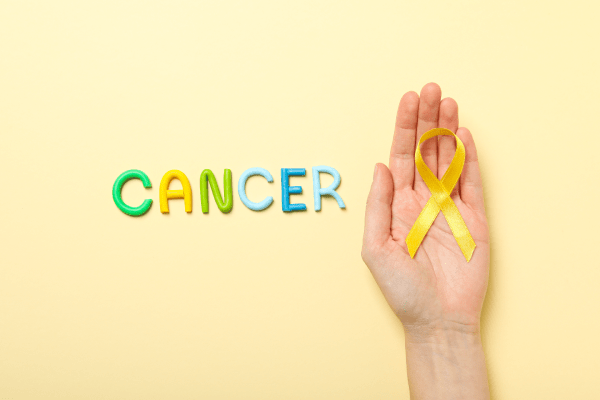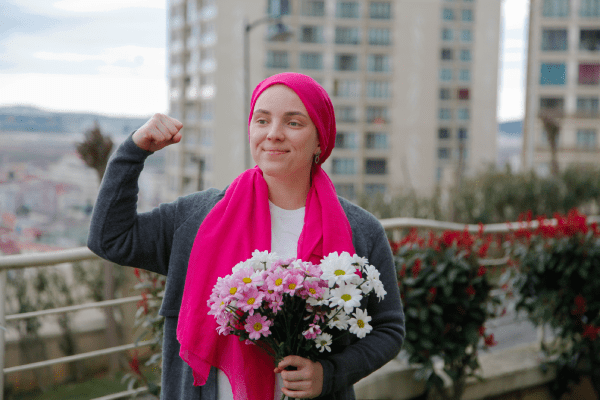What is the Lung Cancer Survival Rate? Lung Cancer Treatment in Turkey

What is Lung Cancer?
Lung Cancer occurs when the cells in the lung grow faster and disproportionately than normal. These cells form a mass by proliferating in the region where they are located. This mass, over time, spreads to the surrounding tissues or organs and begins to damage the organs to which it spreads. Lung cancer is one of the most common types of cancer that can result in death.
Lung Cancer Symptoms
Early symptoms may include:
- ongoing or worsening cough
- spitting up phlegm or blood
- chest pain that gets worse when you breathe deeply, laugh, or cough
- hoarseness
- shortness of breath
- grunt
- weakness and fatigue
- loss of appetite and weight loss
At the same time, tumors located in the upper part of the lungs can affect the facial nerves. This, in turn, can cause a drooping eyelid, a small pupil, or a lack of sweating on one side of the face.
Tumors can put pressure on a large vessel that carries blood between the head, arms, and heart. This can cause swelling of the face, neck, upper chest and arms.
Types And Stages of Lung Cancer
There are mainly two types of terror viruses. They are divided into small cell and non-small cell. The most common type is non-small cell lung cancer.
The doctor will do some tests to know better about the cancer. This will also help determine the treatment plan. Although the diagnosis and symptoms of the two species are mostly the same, there are differences in their staging.
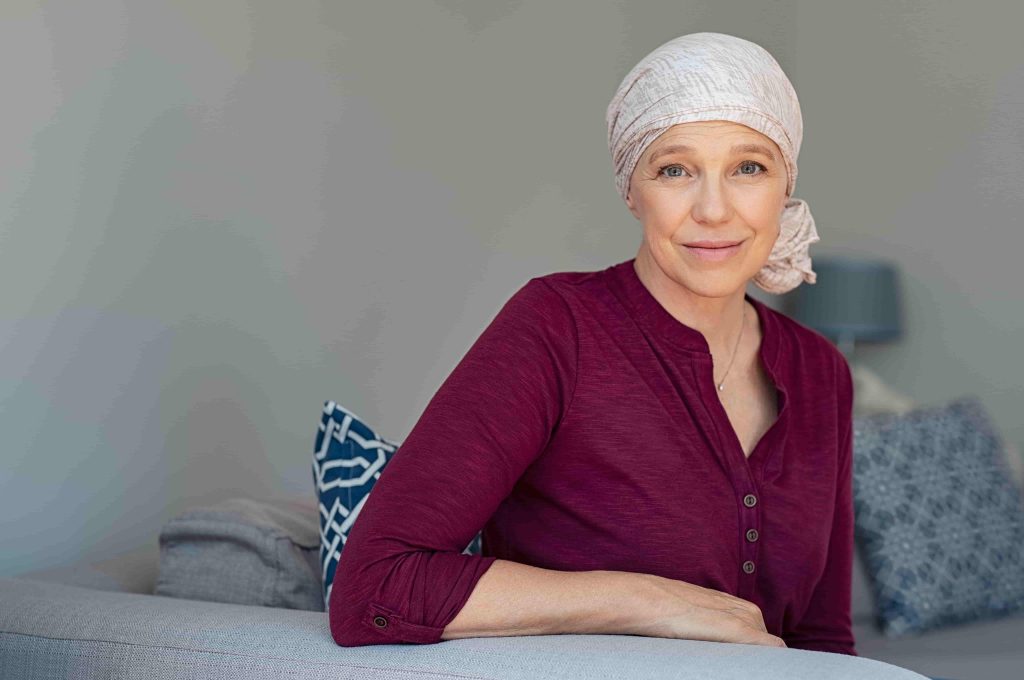
Small cell : This type grows and spreads faster. When diagnosed, it often has spread to many tissues and organs
Non-Small Cell: .This type is not aggressive and may not spread quickly. The patient may not need immediate treatment.
The stages of non-small cell lung cancer are as follows:
- Stage 1: It has not spread beyond the lung. It is found only in the lung.
- Stage 2: Cancer cells are found in the lung and nearby lymph nodes.
- Stage 3: Cancer is found in the lung and lymph nodes in the middle of the chest.
- Stage 3A: The cancer is found in the lymph nodes and the side of the chest where the cancer begins to grow.
- Stage 3B: The cancer has spread to the lymph nodes on the opposite side of the chest or to the lymph nodes above the collarbone.
- Stage 4: The cancer has spread to both lungs, the area around the lungs, or other organs in the body.
The stages of small cell lung cancer are as follows:
- Early Stage: A condition in which the cancer is limited to the chest cavity and is found in one lung and neighboring lymph nodes.
- Late Stage: The tumor has spread to other organs in the body and to the other two lungs.
Tests To Diagnose Lung Cancer
Imaging tests: An X-ray image of your lungs may reveal an abnormal mass or nodule. Or your doctor may order a CT scan to detect small lesions in your lungs that cannot be detected on X-ray.
Sputum cytology: If you cough up sputum. This can be tested. Thus, it can be understood whether there is a lesion in your lung.
Biopsy: A sample of the abnormal cell can be taken. This allows you to learn more about the cell.
Bronchoscopy: Abnormal areas of your lungs can be examined by entering your lungs through your throat using a lighted tube. A biopsy can be done.
Lung Cancer Survival Rate
- Five-year survival rate for lung cancer (18.6%)
- When diagnosed at stages 1 and 2, cases have a 56% chance of survival.
- If diagnosed late, Cancer may have spread to many tissues and organs. For this reason, more than half of patients die within a year of diagnosis.
Lung Cancer Treatment
Lung cancer treatment includes differences for the two types of cancer. Treatment of non-small cell cancer cells varies from person to person.

The Most Commonly Preferred Treatment Methods
Chemotherapy: A systemic treatment designed to find and destroy cancer cells in the body. However, it also has a bad side, such as damaging healthy cells.
Radiotherapy: It is the treatment that is given to the patient by giving a high dose of radiation. Cancer cells divide and multiply much faster than normal cells. Radiotherapy is more effective on cancer cells than normal cells. They do not cause much damage to healthy cells.
Surgery: There are several types of surgery. Read on for more detailed information.
Immunotherapy: A group of drugs that stimulate your immune system to target and kill cancer cells. It can be used alone or in combination with chemotherapy.
Chemotherapy
Chemotherapy uses powerful cancer-killing drugs to treat cancer. There are several ways that chemotherapy can be used to treat lung cancer. E.g;
Surgery can be used to increase the chance of success.
It is used to prevent the regeneration of cancerous cells after surgery.
It is used to relieve symptoms and slow the spread of cancer when no cure is possible.
Combined with radiotherapy.
Chemotherapy treatments are usually administered to the patient in cycles. One cycle requires the patient to receive chemotherapy for several days. Then it involves taking a break for a few weeks so that the therapy works and your body recovers from the effects of the treatment.
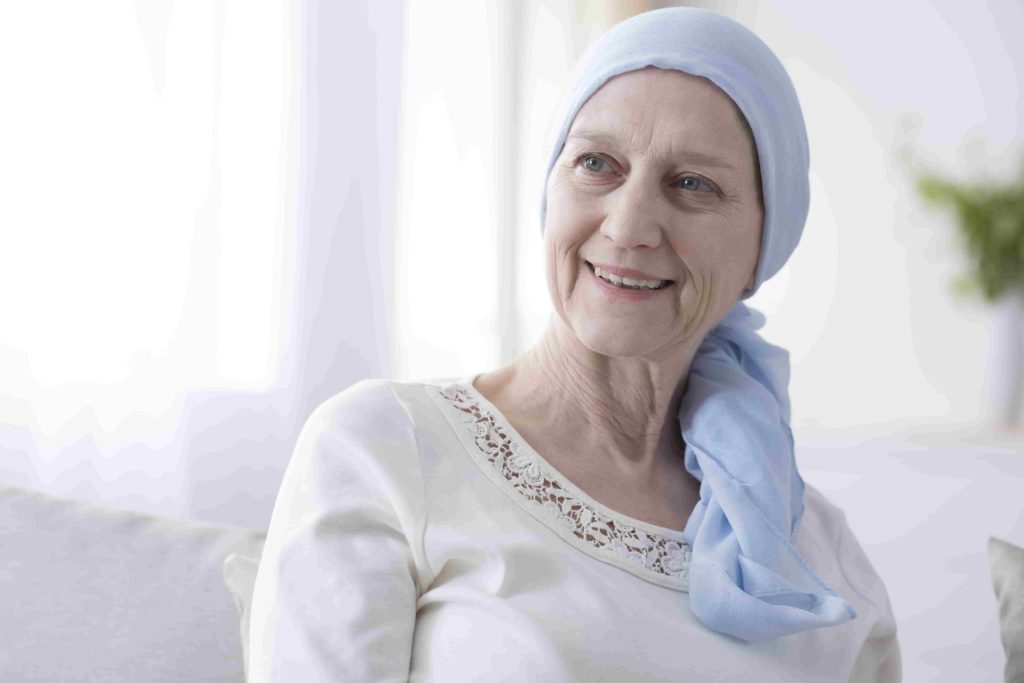
How many Kepotherapy sessions you will need depends on the type and grade of lung cancer.
Most people receive 4 to 6 cycles of treatment for 3 to 6 months.
As a result of these sessions, you can talk to your doctor and understand whether the cancer is cured or not.
If it hasn’t healed, your doctor may consider different chemotherapy or alternatively maintenance chemotherapy to keep the cancer under control.
Side effects
- hair loss
- burnout
- feeling sick
- To be ill
- mouth ulcer
- These side effects go away over time after the treatment ends. Or you may take other drugs to make you feel better during chemotherapy.
- At the same time, your body’s immunity will be lowered while you are receiving chemotherapy. This means that you will be more susceptible to diseases and infections. When you have problems such as increased body temperature or sudden weakness, you should contact your doctor.
Radiotherapy
Radiotherapy
Radiotherapy uses pulses of radiation to destroy cancer cells. It is used for several reasons;
In cases where the patient is not healthy enough for surgery, a course of radical radiotherapy can be used to treat non-small cell lung cancer.
Palliative Radiotherapy: It can be used to control and slow down symptoms such as pain and coughing up blood in the patient who is in the last stages of cancer.
Radiotherapy treatment can be planned in several different ways.
Traditional radical radiotherapy: 20 to 32 treatment sessions.
Radical radiotherapy is usually given 5 days a week, with breaks on weekends. Each radiotherapy session lasts 10 to 15 minutes.
(CHART): An alternative way of delivering radical radiotherapy. It is given 3 times a day for 12 consecutive days.
Stereotactic radiotherapy: Each passing session involves increasing the dose given. Thus, the treatment ends in a shorter time. In stereotactic radiotherapy, there are usually 3 to 10 treatment sessions.
Palliative radiotherapy usually consists of 1 to 5 sessions.
Side Effects
- chest pain
- tiredness
- persistent cough that may produce bloody sputum
- difficulty swallowing
- redness and pain that looks like a sunburn
- hair loss

Immunotherapy
It is a drug treatment that can be applied at some points of the body through a plastic tube. About 30 to 60 minutes of time are needed for one. A dose can be taken every 2-4 weeks.
Side effects
- feeling tired
- feeling weak
- to be ill
- diarrhea
- loss of appetite
- pain in your joints or muscles
- shortness of breath
Types Of Surgery For Lung Cancer
- Wedge Resection: Wedge resection is a surgical procedure to remove a cancerous mass in the lung with a triangular tissue slice. It can be used to remove a cancerous mass or another type of tissue that contains a small amount of normal tissue around the tumor. It’s a pretty easy process. It does not harm neighboring organs.
- Segmental Resection: This operation involves removing part of the area where the tumor is located. In lung cancer, its use involves removing a lobe of the lung.
- Lobectomy: This operation is used in cancer cells that develop in the lobe. In the human body, there are 3 in the right lung and 2 in the left lung. There are 5 lobes in total. This operation involves removing the tumor-developing lobe. Thus, the patient can continue his life with the remaining healthy lobes.
- Pneumonectomy: This operation involves removing the cancer cells in the right or lung, the cancerous lung on the side where it has spread. Thus, the patient can live with a single healthy lung.
How is Lung Cancer Operation Performed?
The operation begins with the patient falling asleep. The doctor makes room for the operation by making an incision in the patient’s chest or side. A whole liver or lobes are cleaned. The doctor also cleans nearby lymph nodes in case he thinks they may have spread. Thus, the patient gets rid of most or all of the cancerous cells. The procedure is completed by closing the patient.
After The Lug Cancer Operation
You can return home 5 to 10 days after the surgery. However, it may take several weeks to fully recover. After your surgery, you should start moving as soon as possible. Even if you have to stay in bed, you should do regular leg movements to help your blood circulation and prevent blood clots from forming. When you get home, you will need to exercise to improve your strength and fitness. Walking and swimming are the best exercises after lung cancer treatment.
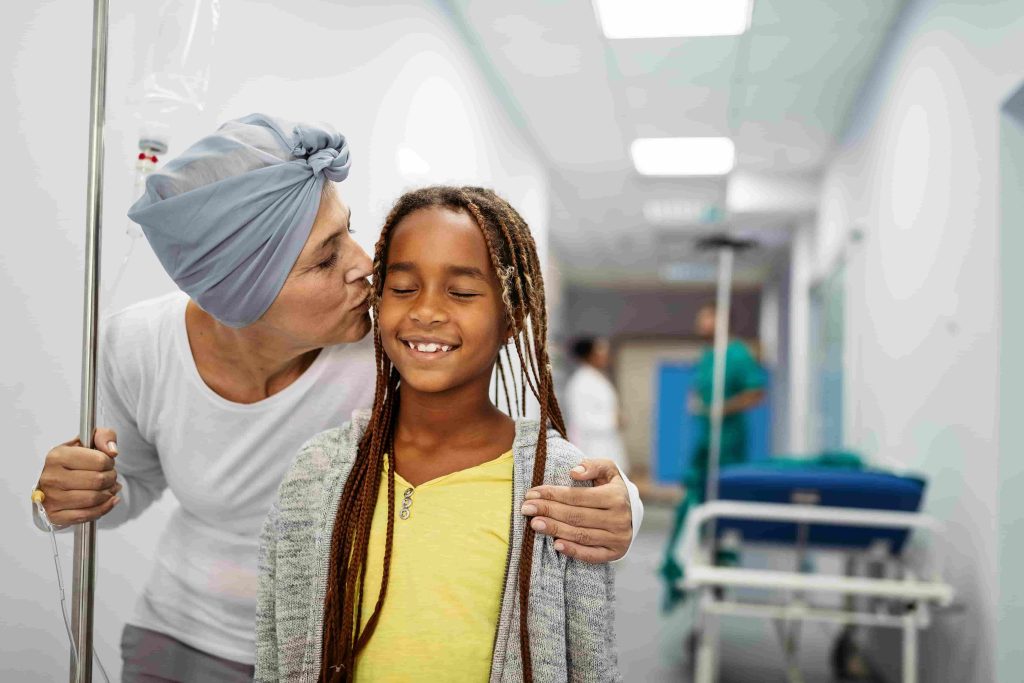
Complications
As in every operation, there are some risks of complications in lung cancer surgery; Lung inflammation or infection, excessive bleeding, a blood clot that can travel from the leg to the lung.
Are There Risks To Surgical Treatment Of Lung Cancer?
The surgery is usually performed on the side of the patient with a skin incision of about 15-20 cm. In the area where the operation takes place, there are vital organs such as the heart, lungs and great vessels. For this reason, it can be said that it is a high-risk surgery.According to scientific studies, the risk of removing a part from the lung is around 2% – 3%.
However, it should not be forgotten that chemotherapy applied to patients who did not undergo surgery is as risky as the operation. The patient should be followed in the intensive care unit for at least one day, depending on his post-operative condition. As long as the patient does not have any complications, it is sufficient to stay in the hospital for one week.
Best Country For Lung Cancer Treatment
Lung cancer is a disease with a very high risk of death. At the same time, it is very difficult to treat. For this reason, the patient should choose a good country and hospital. The most important factor in this election will be the country’s health system. In a country with a good health system, advanced technology is used in the field of health, thus providing successful treatments.
However, just having a good health system is not enough. It should be taken into account that the patient will take a long period of treatment. For this reason, a cost-effective country should be chosen to meet basic needs such as accommodation.
You don’t have many country options to get both successful and quality treatment. You can get quality treatments in many countries. However, the cost will be quite high. At the same time, you can find a country where you can find accommodation very cheaply. This is also very easy. However, it is unknown if you will receive a successful treatment. For this reason, good decisions should be made for these treatments, which are very important.
The country where you can buy both at the same time is Turkey!
Success Hospitals in Turkey’s Lung Cancer Treatment
There are many reasons why hospitals in Turkey are successful.
- Technological Devices
- Personalized Treatment Plan
- Successful and Experienced Surgeons
- No Standby time
- Hygienic Operating Rooms in Turkey
Technological Devices
Turkey provides better treatments with the latest technology devices in its hospitals. Hospitals have devices that are capable of diagnosing the patient’s disease better. Thus, by having more information about the cancer type of the patient, a more accurate treatment method can be followed.
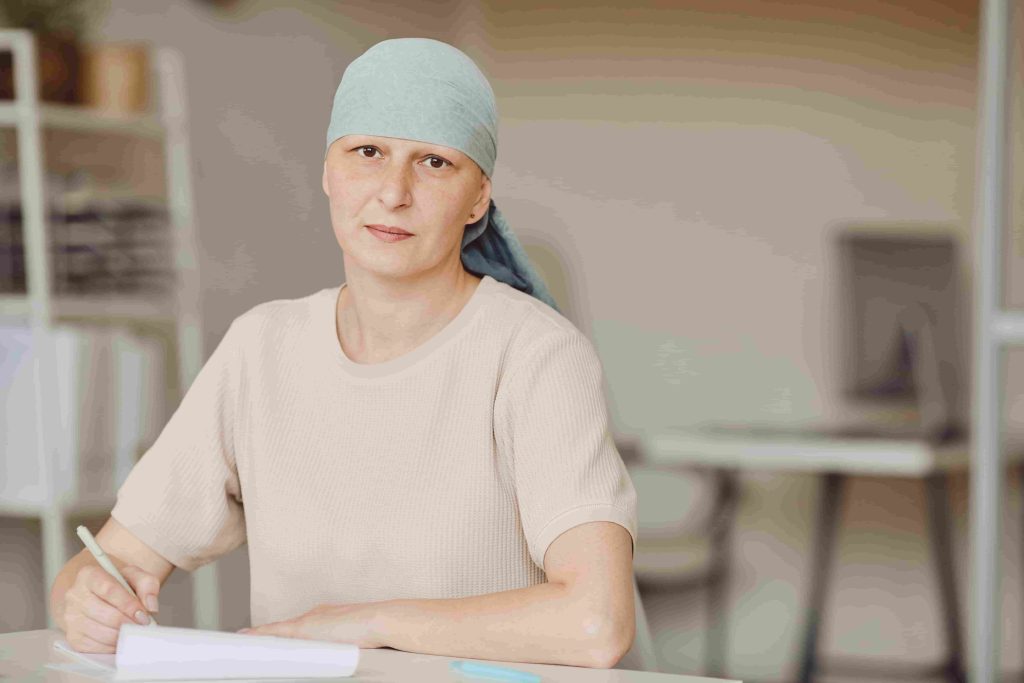
Personalized Treatment Plan
It is easy to find out what kind of treatment the patient can get best with the devices used. At the same time, the most appropriate treatment plan is prepared for the patient. The most appropriate treatment is planned for the patient, taking into account the medical history, cancer stage, and other disorders found.
Successful and Experienced Surgeons
Doctors treat thousands of cancer patients each year. It is a frequently preferred location for cancer treatments. For this reason, doctors have experience in communicating and treating foreign patients. This is an important treatment factor for the patient. Being able to communicate with the doctor is important for any treatment.
No Standby time
The success of Turkey’s healthcare system also makes it easy to reach specialist physicians. This allows the patient to receive treatment without waiting time. Despite paying thousands of euros in many countries, the patient, who had to wait due to the patients in the lead, can receive treatment in Turkey without a waiting period.
Hygienic Operating Rooms in Turkey
The immune system of cancer patients is very low due to the disease they are fighting or the treatments they receive. This means that the operating room where the patients will be operated must be very sterile. In Turkey, there is a system that cleans the air, called Hepafilter, in operating rooms, and a filtration system that provides sterilization. Thanks to this system, operating rooms are always kept sterile. For this reason, the probability of the infection being transmitted to the patient by the nurse and doctor is very low.
What Should I Do To Get Lung Cancer Treatment In Turkey?
To be treated in Turkey, you must first choose a clinic. Clinic selection is very important in these treatments. For this reason, a good clinic should be selected. You can reach us to get reliable treatments in the best clinics of Turkey. During your treatment, you can meet your needs such as accommodation and transportation at a single price. You can reach Curebooking for both successful and affordable treatments.
Why Curebooking?
**Best price guarantee. We always guarantee to give you the best price.
**You will never encounter hidden payments. (Never hidden cost)
**Free Transfers (Airport – Hotel – Airport)
**Our Packages prices including accommodation.





